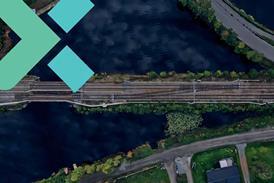Close menu
- Home
-
News
- Back to parent navigation item
- News
- Traction and rolling stock
- Passenger
- High speed
- Freight
- Infrastructure
- Policy
- Technology
- Ticketing
- Business
- Research, training and skills
- Accessibility and inclusion
- People
- Urban rail news
- Suburban and commuter rail
- Metro
- Light rail and tram
- Monorail and peoplemover
- Regions
- InnoTrans
- In depth
- Events
- Data
- Maps
- Tenders & Jobs
- Sponsored content
- Insights
Train Control: Paris RER lines switch to NExTEO
By Jérémie Anne 2024-10-21T11:00:00

SNCF Réseau is committed to installation of the digital NExTEO train control system to increase train throughput on the busiest sections of the heavily used Paris RER network. Jérémie Anne reports.
Already have an account? LOG IN














